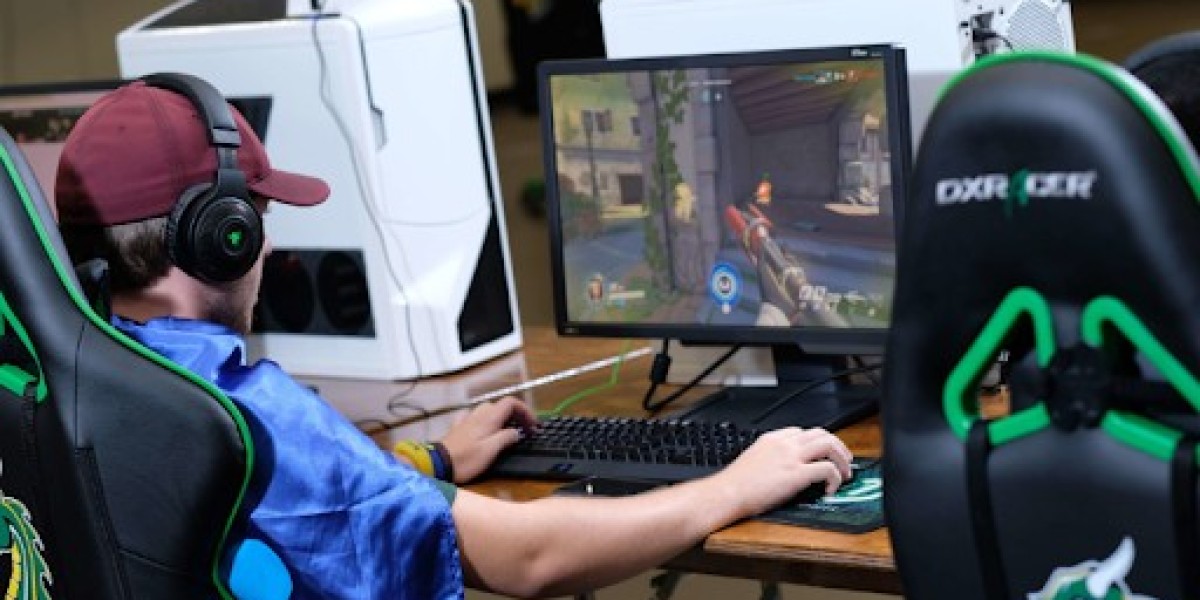How Are Remote Patient Monitoring Devices Improving Chronic Disease Management?
Remote patient monitoring (RPM) devices have become a cornerstone of chronic care management, allowing patients with conditions like diabetes, hypertension, and heart disease to monitor their health from home. These devices, including smart blood pressure monitors, glucose meters, and heart rate sensors, are revolutionizing healthcare by providing real-time data to healthcare professionals.
Key innovations in RPM include AI-powered analytics that can detect early signs of deterioration, enabling timely interventions. For example, Teladoc Health offers RPM solutions that integrate AI to help manage conditions like diabetes. Their recent acquisition of Livongo enhances chronic disease management with AI-driven insights that help predict and prevent complications before they become critical
.
Furthermore, Royal Philips is integrating RPM with cloud-based platforms, allowing continuous patient monitoring through wearable devices. This is particularly beneficial for chronic conditions, as the data gathered helps create personalized care plans, reducing hospital visits and improving patient outcomes.
2. What AI-Driven Innovations Are Being Used in Telehealth for Mental Health Treatment?
AI is playing a pivotal role in advancing telehealth solutions for mental health. Virtual mental health platforms now leverage AI to offer more personalized and adaptive therapies. Companies like Samsung, in collaboration with Kaiser Permanente, have introduced AI-powered mental health apps that track user behavior and provide personalized interventions based on real-time data collected from devices like the Galaxy Watch. These apps are designed to help manage stress, anxiety, and depression
.
AI chatbots and virtual therapists are also emerging as innovative solutions in the telehealth space. For instance, companies such as American Well (Amwell) are incorporating AI to assist with diagnosing mental health issues and providing patients with on-demand mental health support. These AI-powered platforms use natural language processing (NLP) to understand patient concerns and offer real-time support, enhancing access to mental health care without the need for face-to-face consultations
.
3. What Are the Benefits of Telehealth Wearable Devices for Elderly Patients?
Wearable devices designed specifically for the elderly are gaining traction in the telehealth market. These devices not only monitor vital signs but also track movements and detect falls, which is particularly useful for seniors who live independently. Wearables like the Apple Watch and devices from Medtronic are equipped with sensors that continuously monitor heart rate, oxygen levels, and activity levels, allowing healthcare providers to intervene quickly in case of anomalies.
Additionally, telehealth wearables offer peace of mind to both the patients and their families by providing caregivers access to health data remotely. Siemens Healthineers has been a leader in integrating wearables with telehealth platforms, ensuring continuous monitoring of patients with chronic conditions like heart disease and diabetes, improving their quality of life
.
4. How Do Telehealth Platforms Integrate with Electronic Health Records (EHR)?
The integration of telehealth platforms with Electronic Health Records (EHR) is a game-changer for healthcare providers, offering seamless data exchange and improving care coordination. Platforms like Cisco Systems and IBM are at the forefront of this integration, ensuring that patient data collected through telehealth visits is automatically updated in EHR systems.
This integration enhances the continuity of care by allowing healthcare providers to access comprehensive patient records during virtual consultations. For example, Philips' RPM solutions integrate directly with EHRs, enabling clinicians to monitor patients' vital signs remotely and make data-driven decisions based on historical and real-time data
| For more info. | Market Research | Related Report | pessary market |
| pet ct scanner device market | |||
| pet scanner market |









